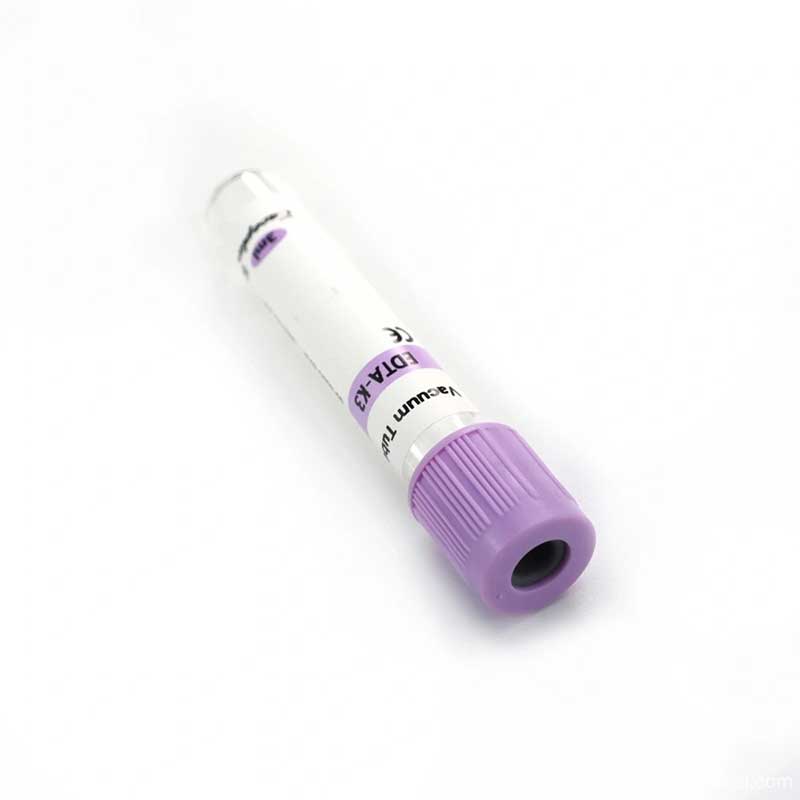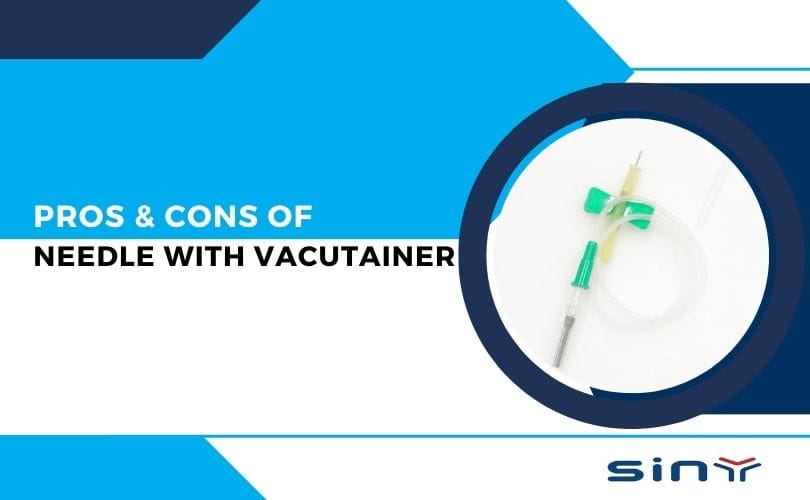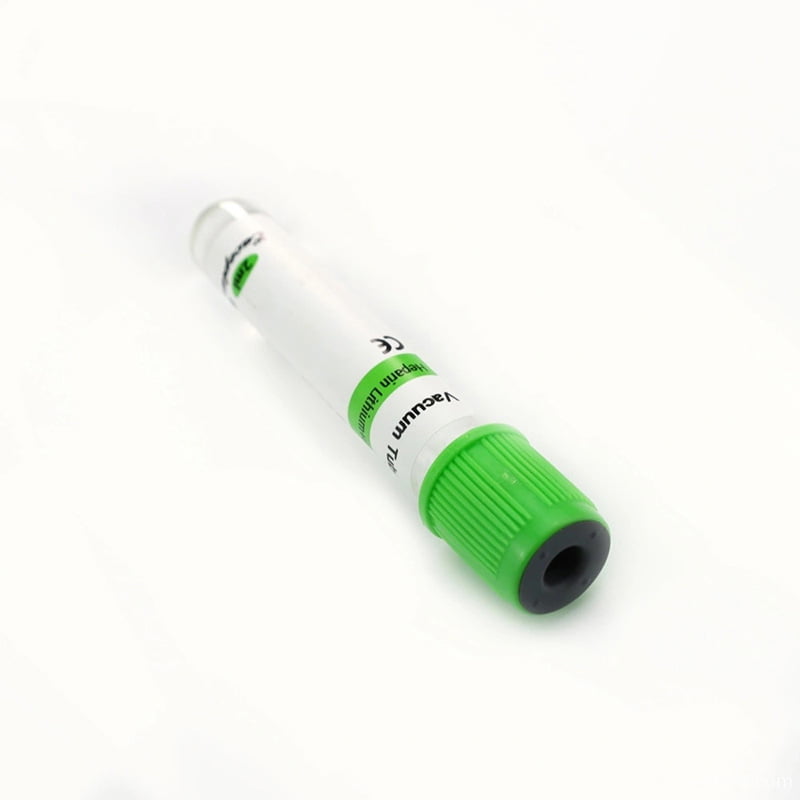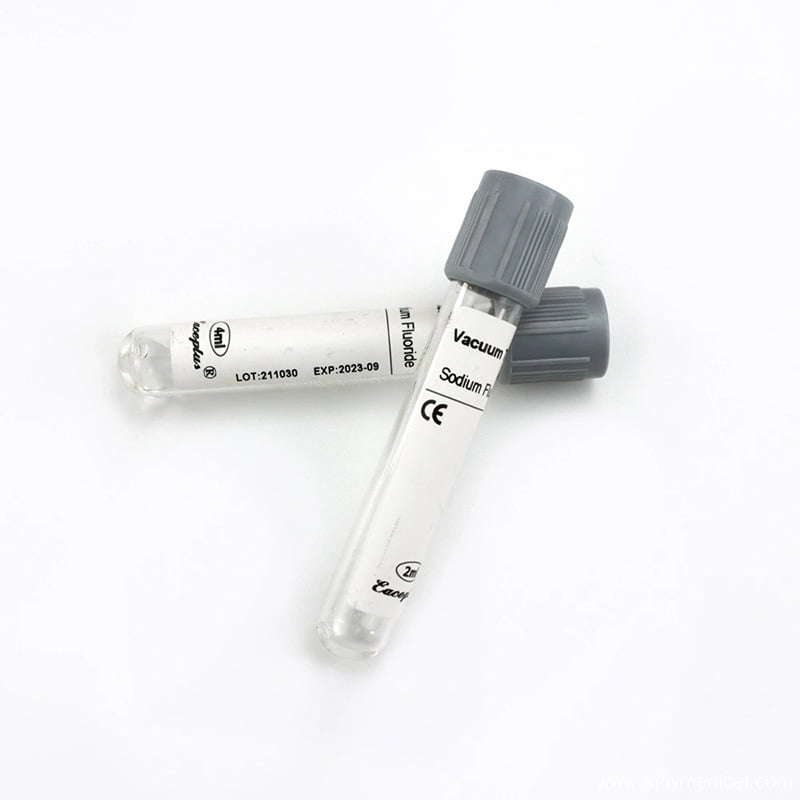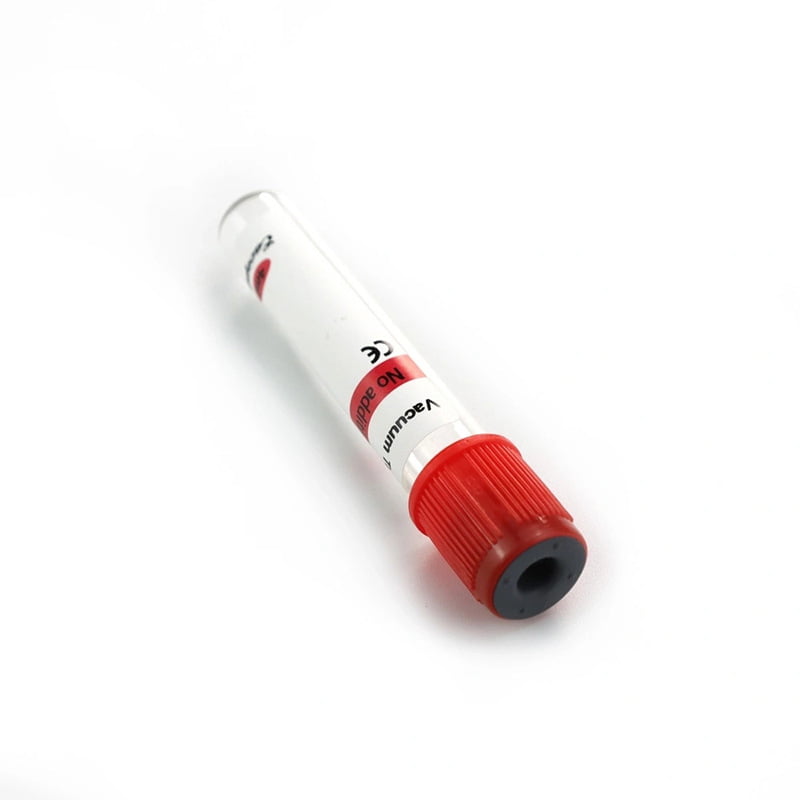Safety needles are essential tools in healthcare, designed to minimize the risk of needlestick injuries and the transmission of bloodborne pathogens. There are several safety needles, each featuring unique mechanisms for enhancing safety during medical procedures.
Safety needles represent a crucial innovation in this pursuit, designed to minimize the risk of needlestick injuries, which can transmit infections and bloodborne pathogens. Given the daily tasks healthcare workers perform, several types of safety needles are available, each tailored to specific needs.
Table of Contents
What is a Safety Needles?
Healthcare professionals use safety needles, specialized medical devices designed to reduce the risk of needlestick injuries, a common and potentially dangerous hazard in clinical settings. These needles incorporate safety mechanisms that help protect healthcare workers from accidental needle sticks, which can lead to the transmission of infectious diseases like HIV, hepatitis B, and hepatitis C.
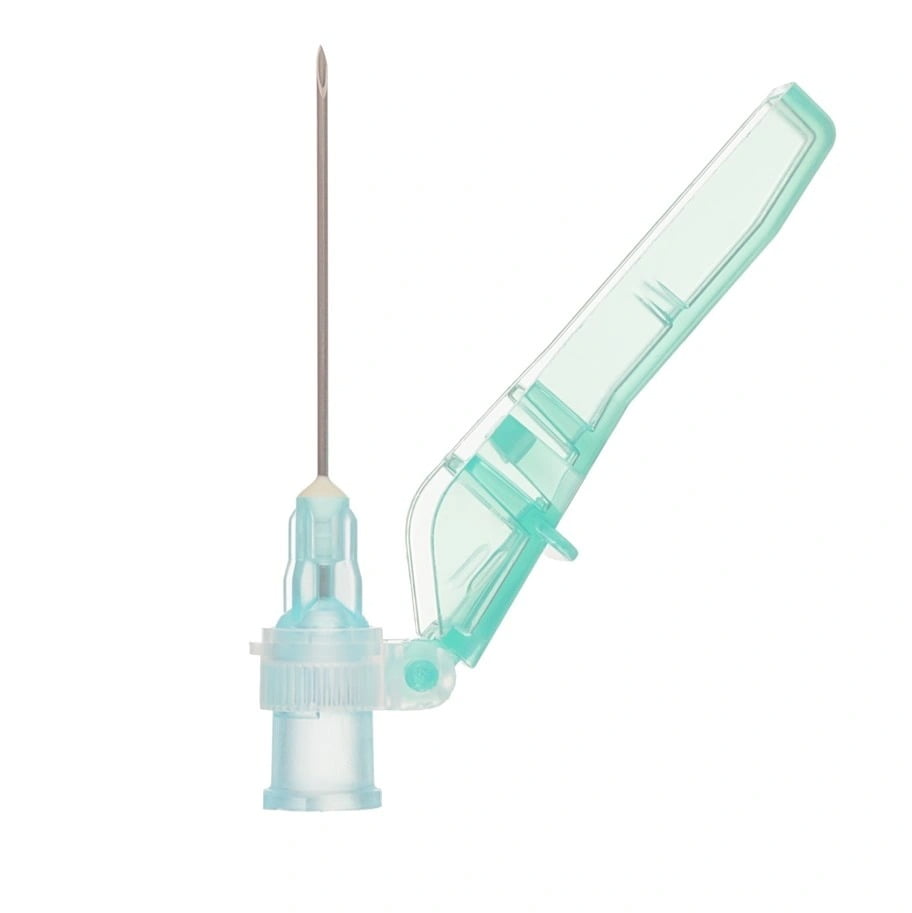
Types of Safety Needles
Retractable Needles
- Mechanism: These needles retract into the syringe or device after use, preventing accidental needle sticks. Users typically activate this feature either manually or automatically.
- Advantages: They ensure a high level of safety by keeping the needle retracted after use, which significantly reduces the risk of injury to healthcare workers.
Non-Retractable Needles
- Mechanism: Unlike retractable needles, non-retractable needles do not have a retraction feature. After use, they must be disposed of in a sharps container.
- Advantages: While design is more straightforward, they require careful handling and disposal to prevent needlestick injuries.
Shielding Needles
- Mechanism: These needles come with a built-in shield that covers the needle after use.
- Advantages: Shielding needles provide additional protection by covering the needle immediately after use, which helps prevent accidental punctures during disposal.
How Do Safety Needles Work?
Siny Medical Injection Needles For Sale come in various designs, each with unique protective features that activate before, during, or after use. There are two main types of safety mechanisms:

- Passive Safety Mechanisms: These activate automatically without requiring additional action from the user. For example, a retractable needle that pulls itself back into the barrel of the syringe after use.
- Active Safety Mechanisms: The healthcare worker requires manual activation, often through pressing a button or sliding a sheath over the needle tip.
These designs ensure that someone shields, retracts, or blunts the needle immediately after use, making it far less likely for anyone to come into accidental contact with the sharp point.
Benefits of Using Safety Needles
The use of safety needles in healthcare offers numerous benefits:
- Reduced Needlestick Injuries: By minimizing accidental exposure, safety needles contribute to lower rates of occupational injuries.
- Compliance with Safety Regulations: Many health agencies, including OSHA, mandate safety needles in specific settings, making them part of compliance measures.
- Increased Worker Confidence: By reducing injury risk, safety needles contribute to a more secure work environment, allowing healthcare professionals to perform their tasks confidently.
Conclusion
Choosing a safety injection needle depends on various factors, including the specific medical procedure, user preference, and institutional policies. Each type offers distinct advantages aimed at enhancing safety for both patients and healthcare professionals. As healthcare continues to prioritize safety protocols, the adoption of these specialized needles is becoming increasingly standard in medical practice.
FAQs
How do retractable needles work?
Retractable needles operate like traditional needles, but they feature a mechanism that retracts the needle into the syringe after the injection, protecting users from accidental injuries caused by exposed needles.
What is a safety needle used for?
Healthcare professionals use safety needles for various medical procedures, including injections, blood draws, and fluid administration, to protect themselves from needlestick injuries.. Safety needles feature mechanisms, like retractable tips or protective shields.
Why are safety needles important?
Safety needles significantly reduce the risk of needlestick injuries among healthcare workers, which can lead to serious health issues. An estimated 5.6 million U.S. healthcare workers are at risk of exposure due to needlestick injuries each year
What factors should be considered when selecting a safety needle?
When choosing a safety needle, consider the following:
- Needle Design: Look for built-in safety features.
- Needle Size: Select an appropriate size for the procedure.
- Material Quality: Opt for durable materials like stainless steel and latex-free options to reduce allergy risks
What are the three safety blood collection needles?
Three common types of safety blood collection needles include:
- Retractable Blood Collection Needles – These needles automatically retract into the device after the blood draw, minimizing exposure to the needle tip immediately after use.
- Winged Infusion Sets (Butterfly Needles) with Safety Features –A built-in shield or sheath that covers the needle after blood collection, reducing the risk of accidental needle sticks.
- Shielded Blood Collection Needles – These needles feature a protective cover or cap that slides over the needle after the procedure.

